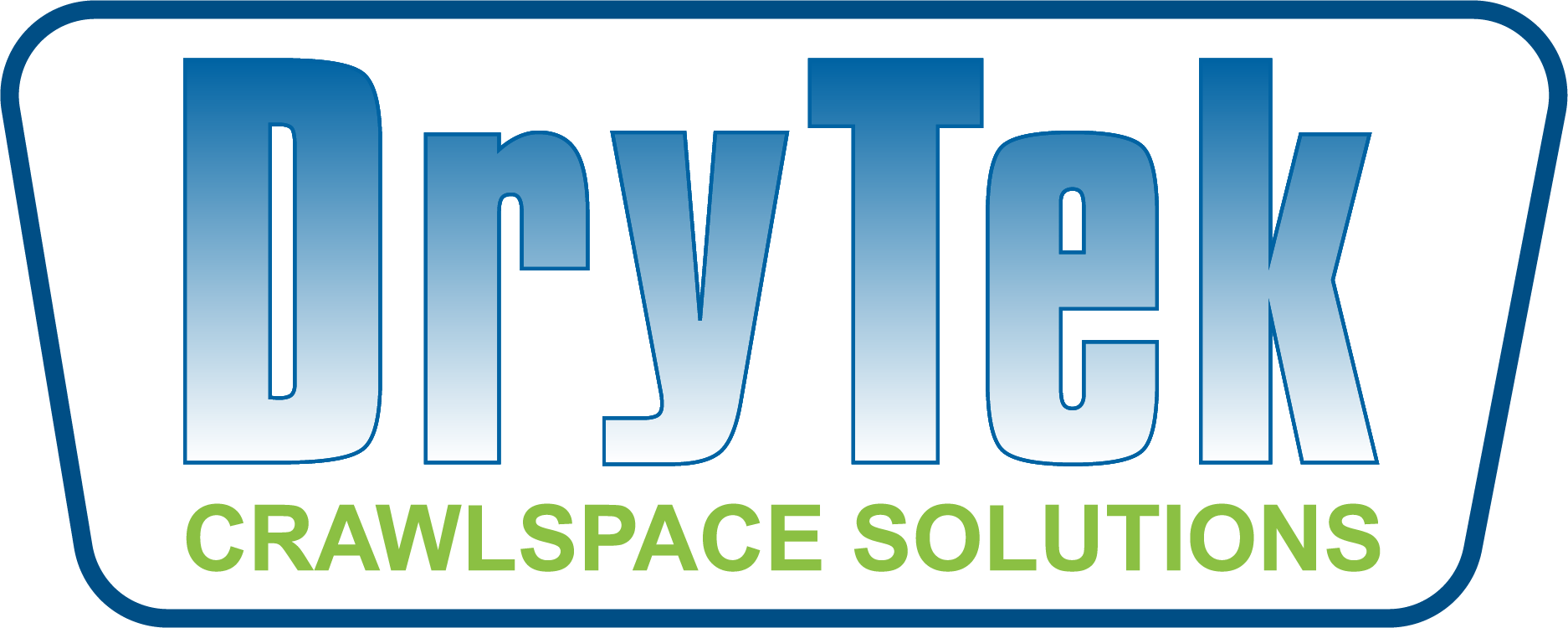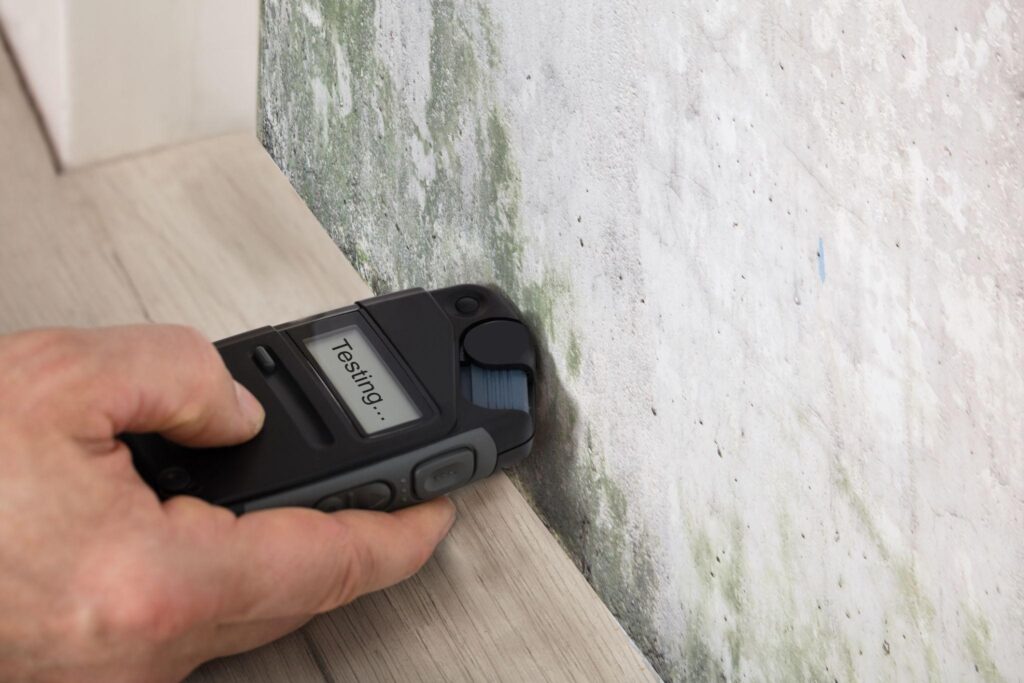Discovering mold in your home is never a pleasant experience. However, dealing with it promptly can prevent further damage and potential health risks. The first step in addressing mold is a professional mold inspection. In this article, we will guide you through the inspection process, explaining what to expect and why it is crucial to prioritize this task.
Preparing for an Inspection
Preparing your home for an inspection ensures accurate results. Follow these steps:
- Turn off humidifiers, dehumidifiers, and air purification machines for 24 hours. This prevents distortion of mold spore readings.
- Close all doors and windows for 48 hours. Doing so enhances the accumulation of mold spores for better detection.
- Turn off HVAC systems for at least two hours before the inspection. This allows for a higher concentration of spores in the air.
- Avoid outdoor activities such as pruning, trimming, or mowing for accurate baseline measurements of mold concentration.
- Refrain from bathing or showering for 12 hours before the appointment, as excess moisture can make it challenging to detect plumbing leaks.
- Avoid cleaning and using disinfectant chemicals for 48 hours. Vacuuming and dusting may remove mold growth and hinder inspection accuracy.
- Choose a day without rain in the forecast, as outdoor mold concentration can be distorted following rainfall.
- Clear clutter and obstacles to allow the mold inspector access to all areas of your home, including the attic and cabinets.
The Mold Inspection Process
During the inspection, the professional will perform the following steps:
- Visual and Air Inspections: The inspector will conduct a thorough walk-through of your home, looking for signs of mold growth and potential moisture issues. This examination typically takes between two to six hours.
- Outdoor Baseline Assessment: The mold inspector will take an outside sample to compare to the indoor sample. This baseline measurement helps identify any differences and determine if there is an issue.
- Lab Test: Samples collected during the inspection will undergo laboratory analysis to confirm the presence of mold and identify the type of mold present.
- Guidance and Referrals: If mold is detected, the inspector will guide you on addressing the problem. They may recommend do-it-yourself methods or refer you to a local mold remediation service.
Inspection is essential in maintaining a safe and healthy home environment. By following the preparation guidelines and understanding the inspection process, you can ensure accurate results and take the necessary steps to address mold issues. If you suspect mold in your home, don’t hesitate to contact DryTek Crawlspace Solutions for professional mold inspection and crawlspace mold removal services.


